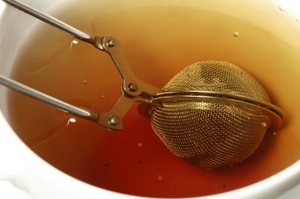Types of Jaundice and Its Treatment
Also known as icterus, jaundice is also characterized by a yellow discoloration of the skin, the whites of the eyes (sclera) and other tissues as a result of excessive levels of bilirubin in the blood and tissue fluids. Other causes of skin yellowing such as excessive levels of carotene in the blood are distinguishable from ...

